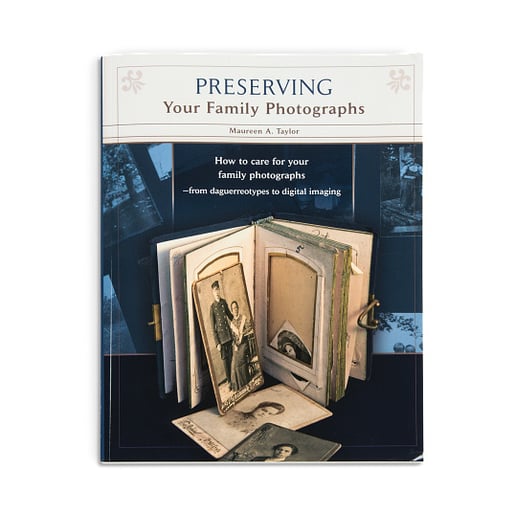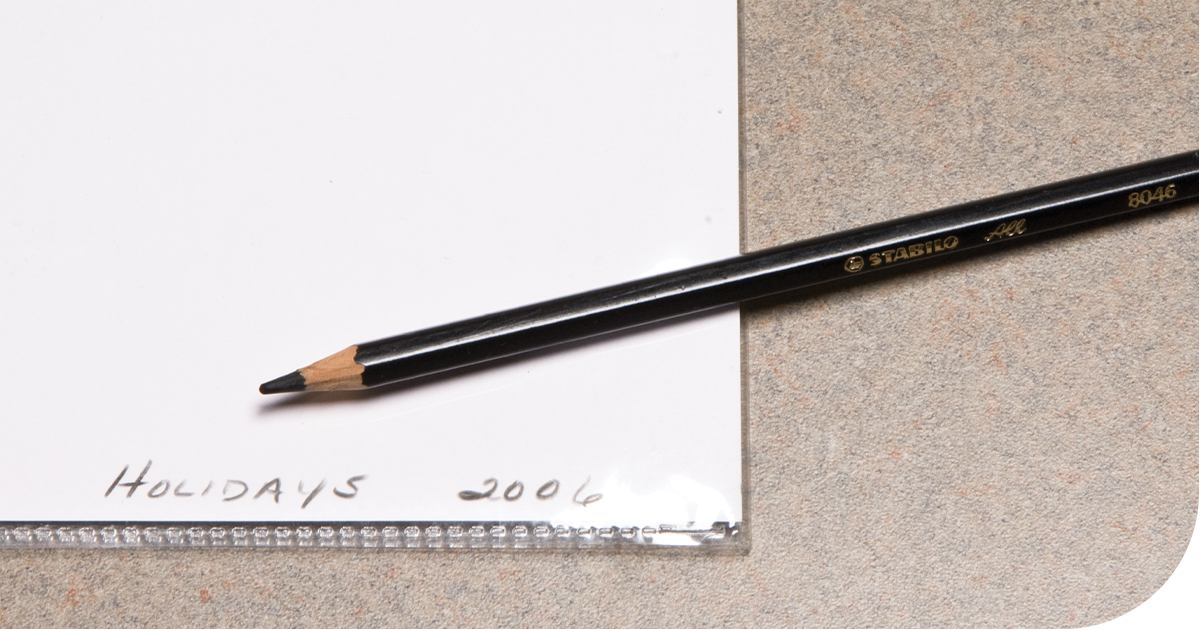It's essential to understand that labeling photographs goes beyond mere organization; it is a powerful tool for preserving memories and ensuring that the stories behind each image are not lost with time. By effectively labeling your photographs, you create a narrative that can be passed down through generations, allowing future viewers to connect with the emotions and experiences captured in those moments.
method of labeling
Digital photographs
Utilizing metadata is a smart and efficient way to organize digital photographs. Metadata allows you to add titles, descriptions, dates, and locations to your digital files without altering the image. Software and apps designed for photo organization offer these features, making it a breeze to search and retrieve photos based on specific details years later.
Physical photographs
A #2 pencil is recommended for photographic prints printed on fiber-based paper. It's safe and reversible if you need to change the information.
For contemporary photographs with a plastic coating, you can use Stabilo All Marking Pencils, which can be wiped off smooth surfaces with water. Or, if you aren't as concerned with reversibility, a non-bleeding archival quality marker like the Sakura Pigma Micron Pen will also write on these types of photographs. Just be careful to let the ink dry before stacking the photos.
No matter what writing implement you use, use light pressure and keep your writing to the edge of the photo.
information to include
Regarding what information to include, the basics are always a good starting point: who, what, when and where. Be as specific as possible without cluttering. For instance, "Grandma's 70th birthday party, July 1998, our backyard" gives clear context. It's also valuable to add a bit of personal narrative or emotional context if space allows, such as "The day we brought home our puppy, Leo." This documents the event and captures the sentiment behind the photograph, making it more than just a picture. It's a gateway to cherished memories.
creating backups
For digital photos, ensure you have backups and that your labeling system is consistent across all devices and storage platforms. After labeling, store physical photos in acid-free albums or boxes to preserve the images and the information you've added.
Labeling photographs with a knowledgeable, accessible, and friendly approach ensures that when you or someone else looks back at these images, the stories they tell are as vivid and meaningful as the moments they capture.
For more information
- Care of Photographs - Northeast Document Conservation Center (NEDCC)
- The Best Way to Safely Label Photos - Family Tree Magazine
- Preserve Your Treasures: How to Store Your Photographs ▶️ - Smithsonian Institution Archives
- How to Store Your Family Photographs ▶️ - The Conservation Starter
- How to Label Your Digital Photographs - ThoughtCo.
- 5 Tips for Photo Labeling (Before They Become Tragically Unidentifed) - Edmond History Museum

Preserving Your Family Photographs
by Maureen A. Taylor, the Photo Detective®
Learn to identify and prevent damage, preserve digital and physical images, select skilled professionals for restoration, handle delicate photos, appreciate metadata's role, explore sharing methods, and use cost-effective preservation techniques.







